High Point Restaurant in Monteagle, TN
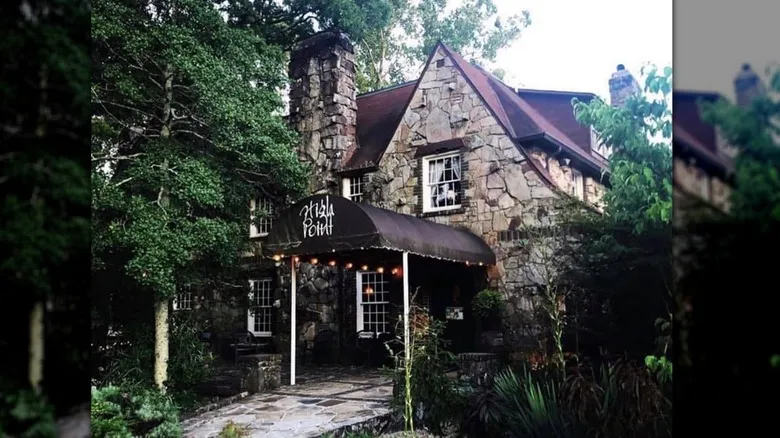
Constructed in 1929, the mansion that now houses High Point Restaurant in Monteagle, Tennessee, was located along a route used by Capone to transport alcohol across the country during Prohibition. Historical accounts suggest that Capone personally financed the original hardwood floors and light fixtures, which remain intact to this day. Due to its role in smuggling operations, the building features numerous underground tunnels and even escape hatches on the roof for bootleggers.
While it wasn't a restaurant during Capone's era, this historic site played a crucial role in his liquor-running activities. According to legend, he would relax on the patio, playing cards and enjoying a drink. Today, as long as you are of legal drinking age, you can savor a beverage in the same spot. The mansion has been transformed into a restaurant offering a delectable array of steak, chicken, fish, and other dishes, many of which are sourced locally. The wine list is extensive, featuring a variety of popular reds, whites, and sparkling wines.
Luna Cafe in Mitchell, IL
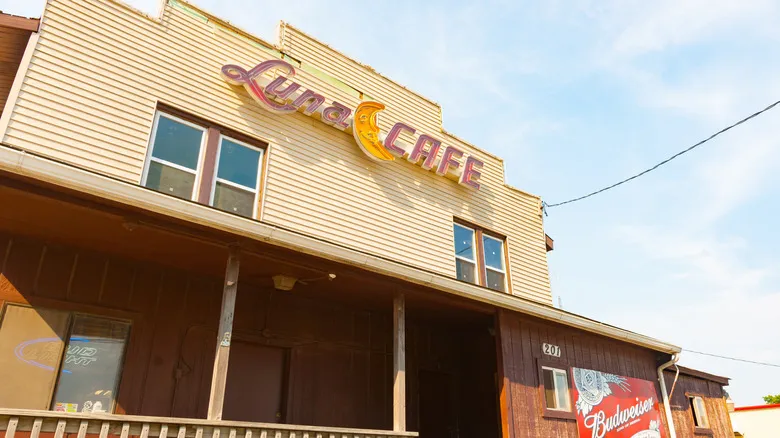
With a gambling den tucked away in the basement and a prime location for smuggling illegal alcohol during Prohibition, the Luna Cafe was rumored to be a favored haunt of Al Capone. Situated along Route 66, which linked Chicago and Los Angeles starting in 1926, this highway corridor was notorious for liquor transportation. According to the Luna Cafe, Capone and his associates would take refuge there during their journeys. While there, they likely contributed to the restaurant's survival by gambling, enjoying their share of alcohol, and savoring the food.
Today, you can find Capone's photograph displayed on the wall alongside other historical artifacts. Although it remains a small venue, it no longer serves food as it once did. You can order drinks at the bar and try your luck at one of the slot machines, making it a fun place to experience a taste of Al Capone's world — minus the bootlegging, of course. If you're in search of a meal, it's best to head down the road to Chicago, where many of Capone's favorite dining spots still offer more extensive menus.
The Green Mill in Chicago, IL
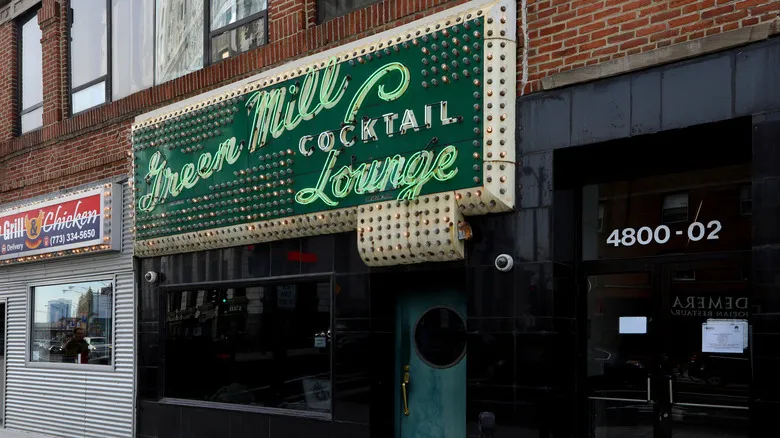
The Green Mill is a renowned bar and jazz club that has captivated celebrities, tourists, and locals alike since its establishment in 1907. It adopted the name The Green Mill in 1910, inspired by a green windmill atop the building and the sunken gardens on the premises, which provided ideal settings for entertainment. Although Charlie Chaplin stopped by for a meal, it wasn't until the 1920s that the venue became linked with notorious figures like Al Capone. Jack "Machine Gun" McGurn, one of Capone's enforcers, had a stake in the club and often brought his boss and other mob associates to enjoy the lively atmosphere, where they could indulge in food and drinks without restraint. Capone was particularly fond of The Green Mill, as he could revel in his extravagant lifestyle, having bribed local officials to overlook his activities. The club also frequently showcased Joe E. Lewis, one of Capone's favorite performers of the era.
Today, guests can relax in Al Capone's preferred booth and view the escape routes he might have utilized in the event of a raid. Behind the bar, there are photographs of some of The Green Mill's most infamous patrons, including Capone and McGurn. Visitors can still experience live jazz music, a weekly poetry slam, and enjoy delicious food and cocktails.
The Blackstone Hotel in Chicago, IL
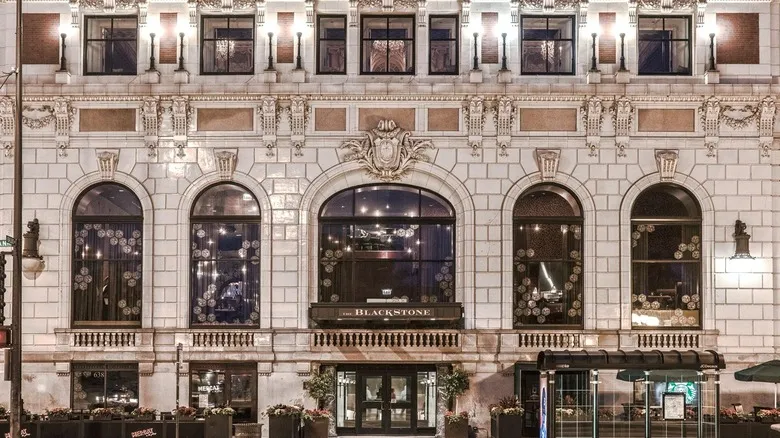
The Blackstone Hotel originally served as a mansion for Timothy Blackstone, who was the president of both the Chicago & Alton Railroad and the Union Stock Yards. It transitioned into a hotel in 1910 and included services such as Capone's favorite barber. He favored the location for meetings due to its lack of windows, allowing him to manage his criminal operations in Chicago without being seen. Just before Capone's imprisonment in 1932, another mobster, Charles "Lucky" Luciano, hosted a convention in the hotel's ballroom, where The Commission — the governing body of organized crime in America — was established.
Capone was a regular visitor for haircuts at the barbershop, but the hotel also features a restaurant. Although this dining establishment has undergone various renovations and transformations over the years, you can still walk through the same corridors that Capone once did at the Blackstone. Today, guests can savor a meal or a drink at the Barcelona-inspired tapas restaurant, Mercat a la Planxa, or enjoy cocktails at the 1600 Club.
226 Club in Chicago, IL
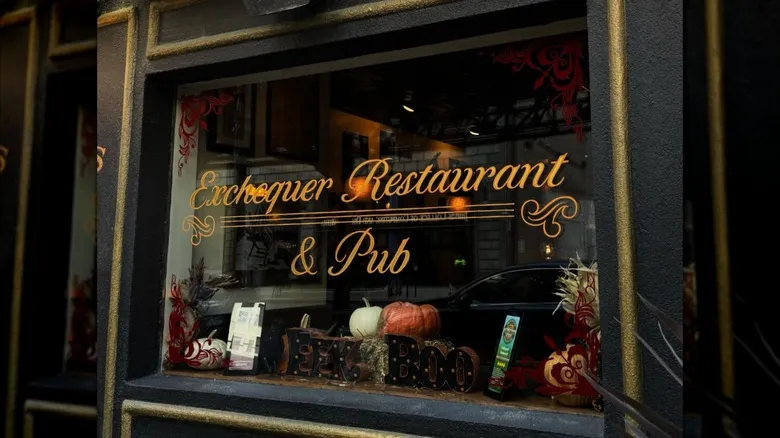
Situated at 226 S. Wabash Ave, the 226 Club was a favored speakeasy of Al Capone during his reign over Chicago's underworld. In 1969, it transformed into the Exchequer Restaurant & Pub, yet it still retains some of its original 1920s architecture and design. The original speakeasy was located on the balcony above, likely where Capone and his associates spent much of their time. The venue boasts lavish chandeliers and decor that showcase the luxurious Art Deco style of the Roaring '20s. The gangsters likely also visited the lower dining room, which features a secret escape hatch that remains visible to this day.
Over the years, the building has changed ownership several times but has consistently operated as a restaurant. It is renowned for its Chicago deep-dish pizza and also offers the lesser-known thin crust variety of the Windy City. Guests can either create their own pizza or select from a variety of house specialties. For those not in the mood for pizza, the menu includes a range of chicken and steak dishes, as well as a pasta option featuring Italian sausage or meatballs called "Capone's Rigatoni."
The Harvard Inn in Brooklyn, NY
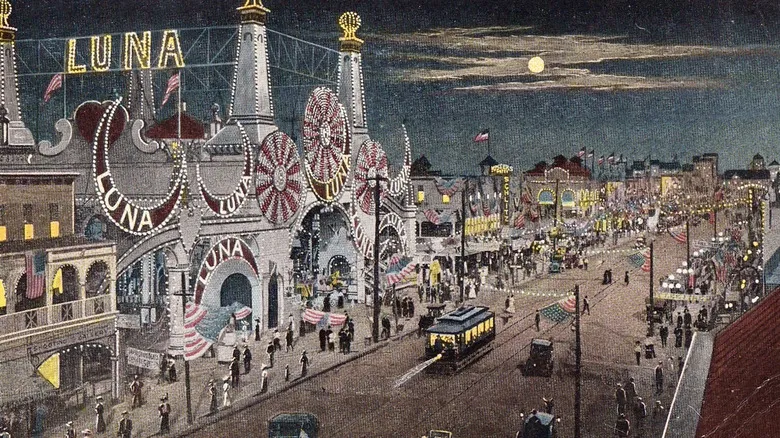
The Harvard Inn played a significant role in Capone's early life and is famously known as the place where he acquired his notorious facial scar. Situated in the Coney Island neighborhood of Brooklyn, it was owned by gangster Frankie Yale, who employed a young Capone as a bouncer. One evening while on duty, Capone made an inappropriate remark to the wrong woman, prompting her brother to retaliate. He was slashed on his left cheek and neck, resulting in a scar that earned him the nickname "Scarface." Years later, Yale was murdered in Brooklyn, and it was rumored that Capone orchestrated the hit, believing his former boss had stolen some of the liquor he was distributing.
While Coney Island's streets and boardwalk are bustling with hot dogs, amusement rides, games, and other seaside attractions, The Harvard Inn is no longer accessible — it was destroyed by fire in 1925. By that time, Capone was already establishing his reputation in Chicago. Nevertheless, a century after its destruction, this former gangster hangout continues to hold a prominent place in the legend of Al Capone.
Grand Prospect Hall in Brooklyn, NY
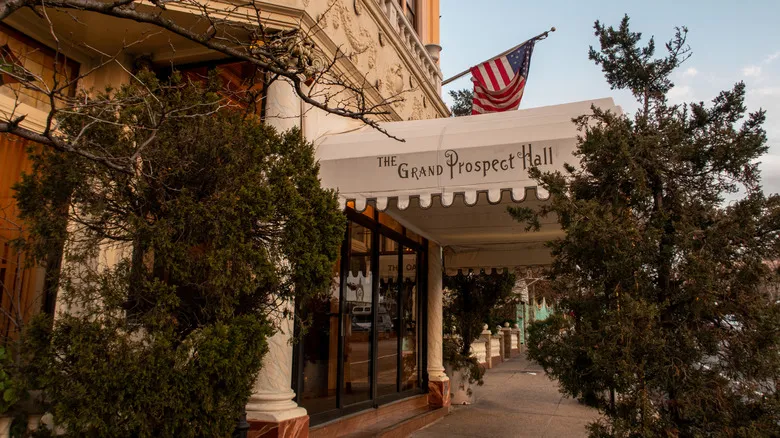
Al Capone frequently frequented both the speakeasy and the opera house at the Grand Prospect Hall. This stunning venue, built in 1892, quickly became a popular destination. Situated on Prospect Avenue in Brooklyn, it was close to Capone's childhood home, where he first became involved in organized crime. He had a box seat in the balcony, allowing him to enjoy performances, but he also indulged in some of his more questionable activities there. During Prohibition, the speakeasy had a peephole so patrons could monitor what was happening outside the door.
In 1999, Grand Prospect Hall was added to the National Register of Historic Places, but sadly, that recognition wasn't enough to preserve it. The building was demolished in 2022 after changing ownership. Although it had served as an event venue in the years leading up to its final sale, the historic interior was dismantled, and the entire structure was torn down to make way for new residential developments.
Joe's Stone Crab in Miami Beach, FL
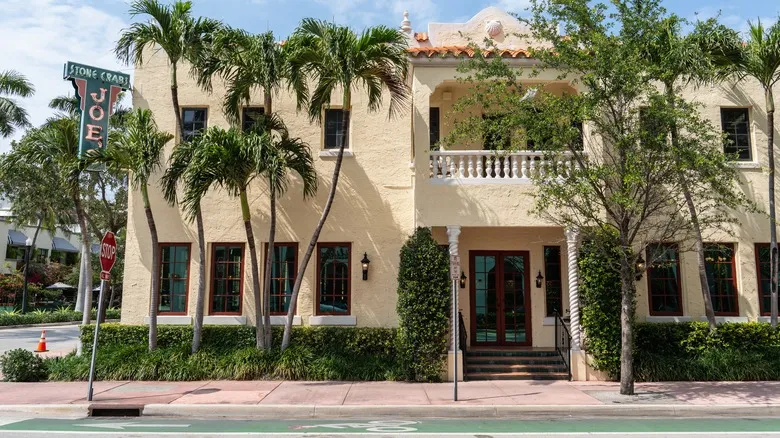
Joe's Stone Crab began as a modest eatery during a time when Miami Beach consisted of little more than a few roads by the water. However, it quickly gained popularity among those who appreciated its fresh seafood and other delights. One of its notable patrons was Al Capone, who frequently dined there under the pseudonym Al Brown.
To avoid the crowds and maintain a low profile, Capone would arrive early for his meals. There's a tale that Joe's wife, Jennie — the sole waitress during the restaurant's early days — didn't recognize Capone during his regular visits. Although she was quick to judge customers she deemed questionable, she regarded "Al Brown" as a gentleman and a valued guest. Grateful for her warm reception, he reportedly sent flowers to the restaurant every Mother's Day, wishing both it and Jennie — whom he affectionately called "Mother Joe" — continued success.
Perhaps those flowers were a sign of good fortune, as the restaurant thrived. It was among the first to prepare and sell stone crabs, which became a sought-after dish alongside various other types of seafood sourced fresh from the waters near Miami. Over the years, it has welcomed numerous famous visitors and remains a family-owned institution in the city today.
Recommended
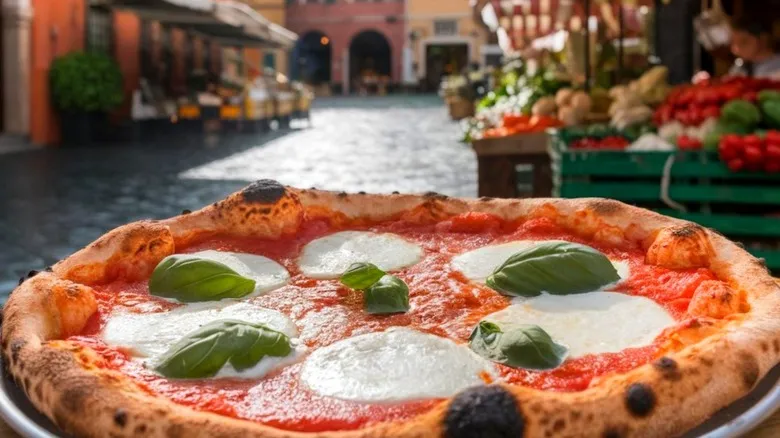
Margherita Pizza Was Named After A Queen — Or Was It?
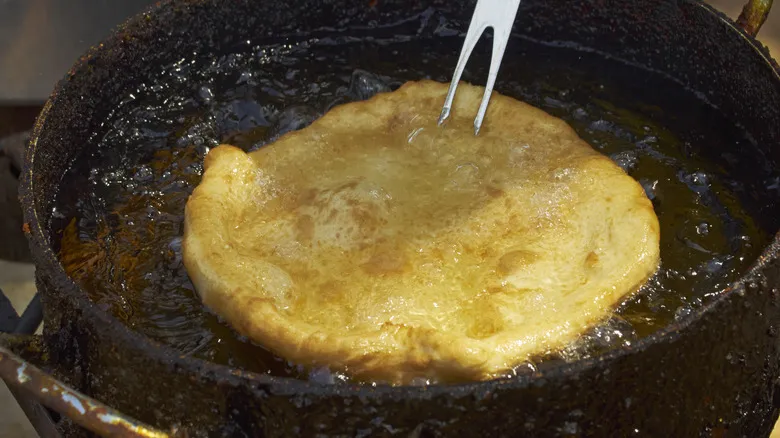
Watecha Bowl: The South Dakota Restaurant Highlighting Native American Cuisine

Anthony Bourdain Considered One Of His Favorite New York Hot Dog Spots A Second Home
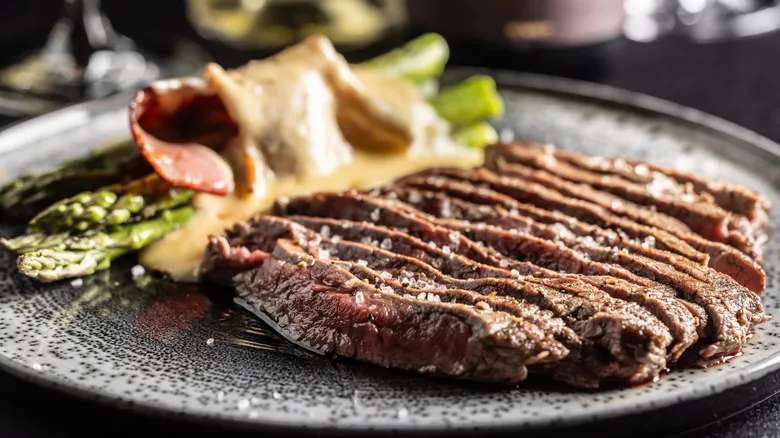
London Broil Steak Wasn't Even Invented In England
Next up

